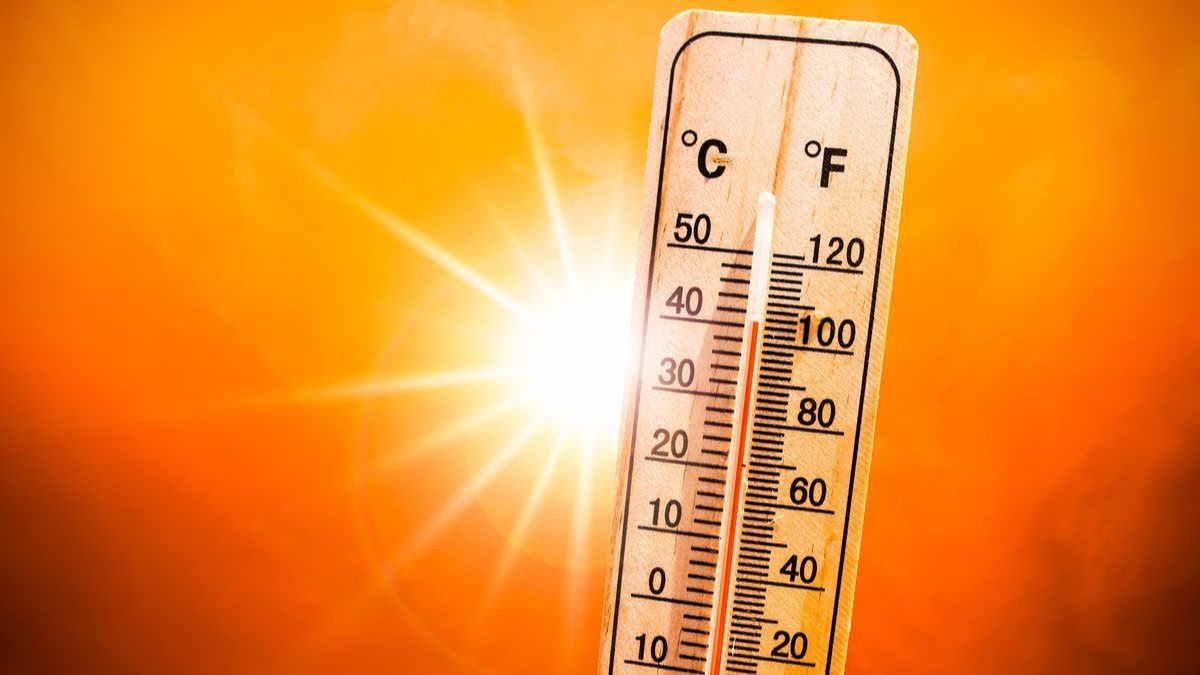As the UAE undergoes its seasonal transition from spring to summer, residents are advised to prepare for warmer days ahead. Climate experts from the National Centre of Meteorology (NCM) explain that this period brings about swift fluctuations in atmospheric pressure, typical of the early stages of spring.
Dr Ahmed Habib, a climate expert from NCM, elucidated in a Khaleej Times report, “During this month, the influence of the Siberian high-pressure system weakens. Instead, the region experiences the passage of extensions of low-pressure systems at both upper and surface levels, moving from west to east.”
These conditions, including extensions like troughs from the east, may intensify, leading to increased cloud cover in certain areas and a potential rise in rainfall likelihood.
With the summer solstice nearing, the sun’s position will progressively ascend throughout the afternoon in the UAE and the broader Northern Hemisphere, culminating around June 21. “Summer is anticipated to start approximately on June 22 or 23, leading to a gradual rise in temperature over the subsequent days and weeks,” added Habib.
During this period, temperatures are expected to increase by three to five degrees compared to March, with a slight decrease in humidity, especially in the latter half of April. However, chances of fog and mist formation in scattered parts of the country remain during the first half of the month.
Reflecting on last year’s trends, Habib noted, “Despite the sensation of increased temperatures, the actual recorded temperatures were not exceptionally high due to notably high humidity levels throughout the year.”
As the weekend approaches, humidity is expected to persist in certain inland and coastal regions, particularly in the Northern areas, accompanied by partly cloudy to fair weather. Habib emphasized the readiness of meteorological operations, stating, “Whenever we observe favourable cloud formations, we initiate cloud seeding operations, which are conducted at any time of the day or night…it is 24/7. The aircraft and pilots are always on standby for this purpose.”





